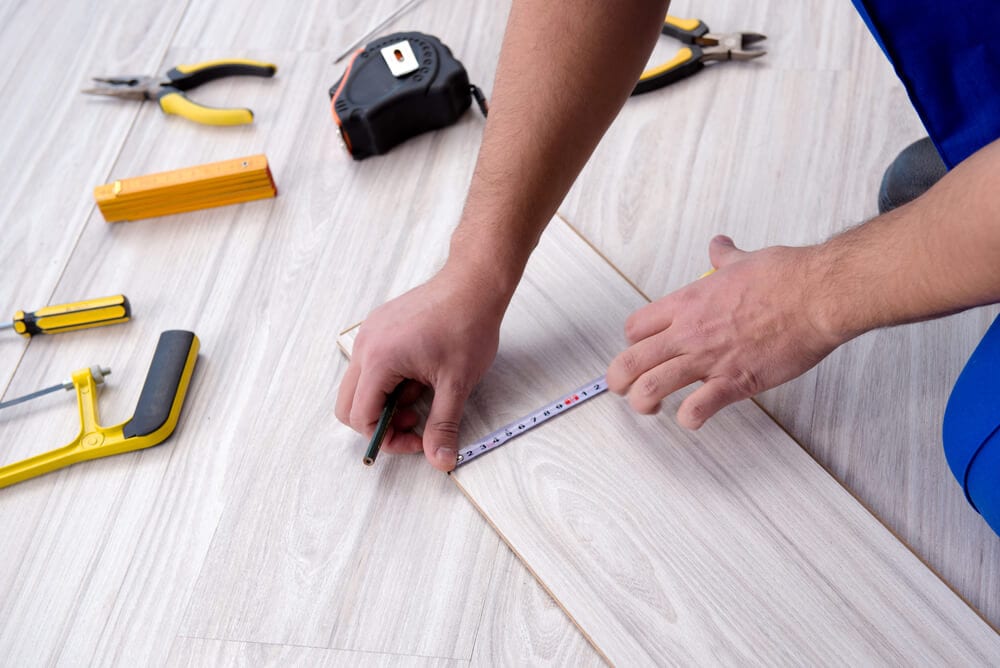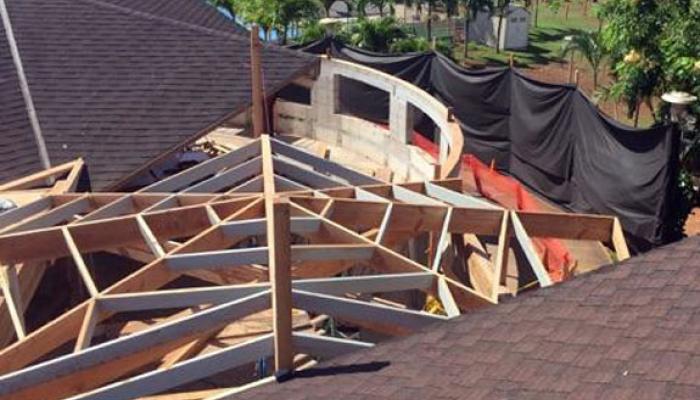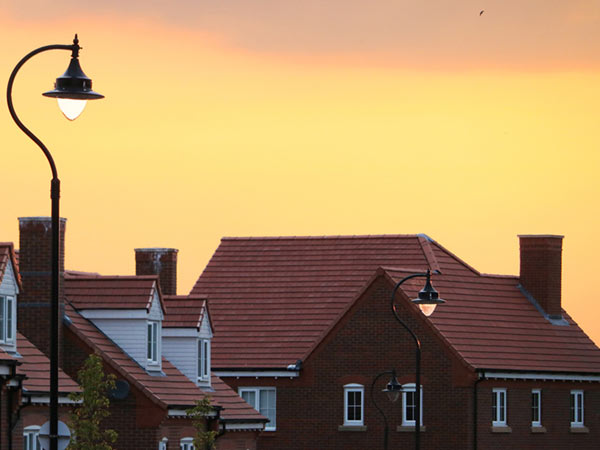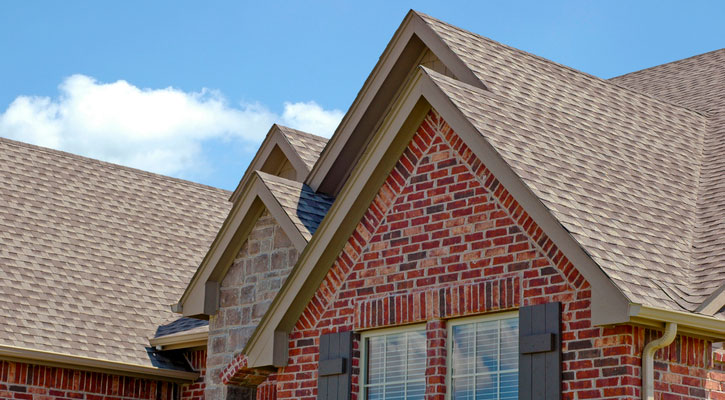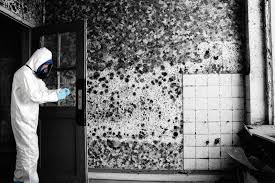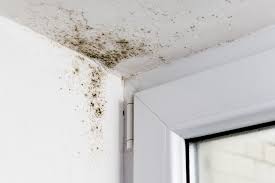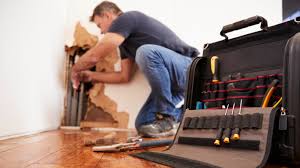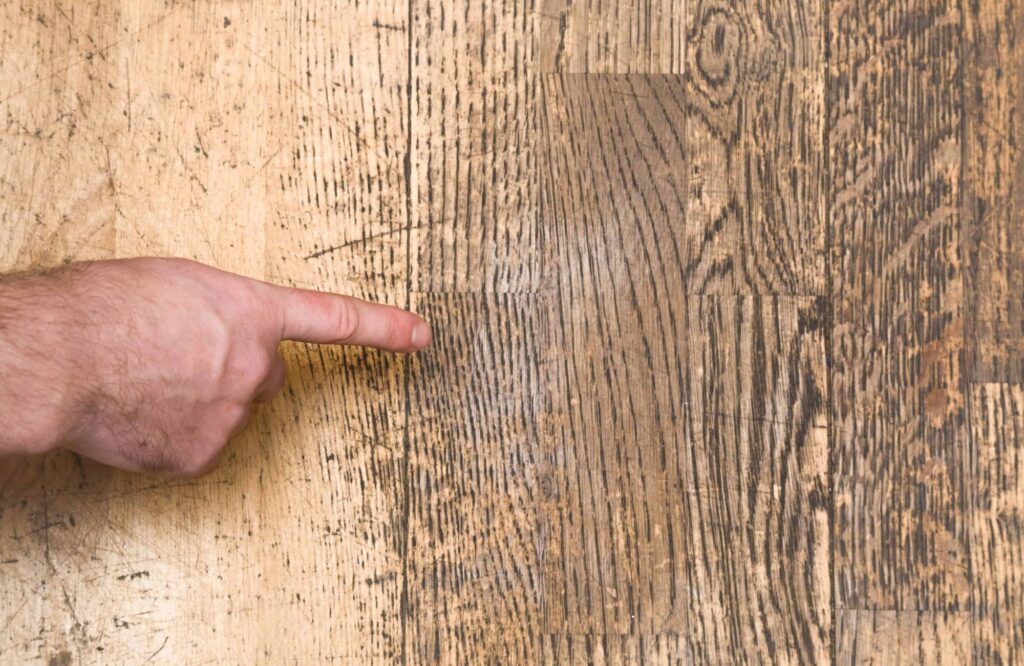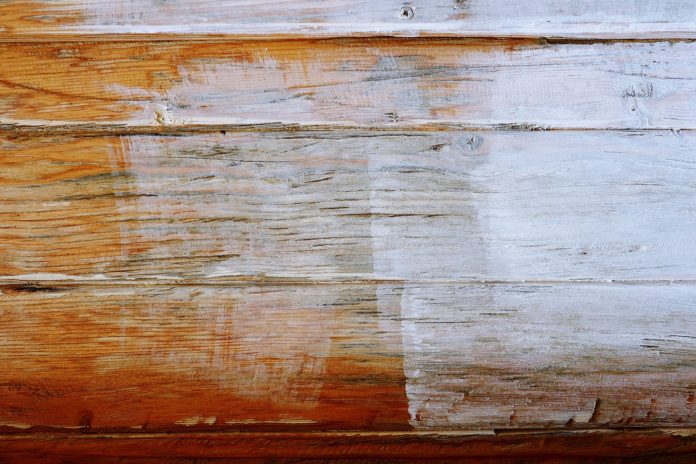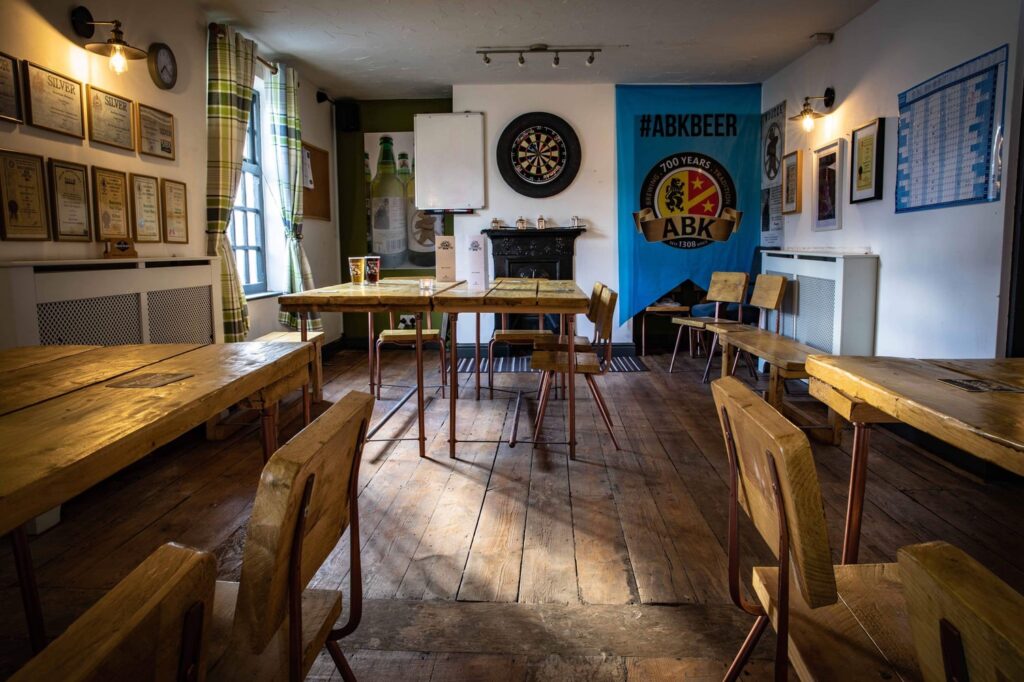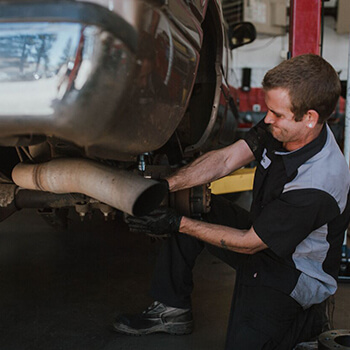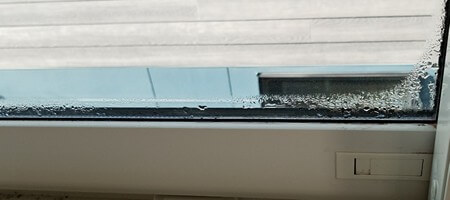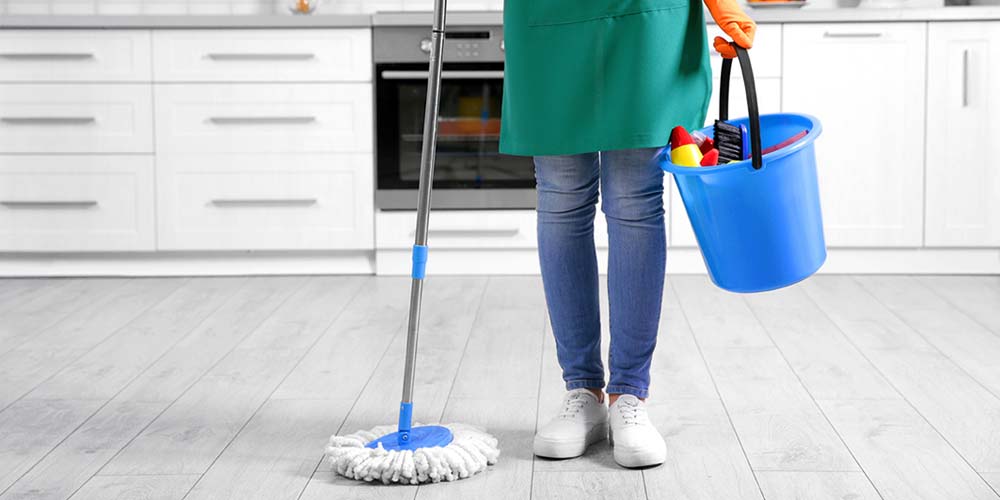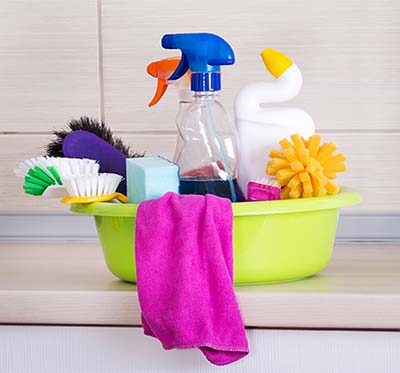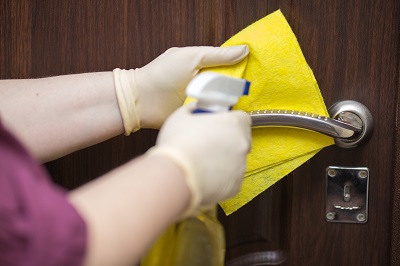How to Prepare for a Kitchen Renovation
When you have plans in place to renovate your kitchen, it is important to make the necessary preparations to ensure food is available and that your kitchen gadgets and personal belongings are protected. Depending on the length and type of your planned kitchen renovation, you may want to pre-cook meals or take extra steps to cover furniture for protection against excessive dust or damage. Continue reading to learn more about the steps you should take to prepare your home, family, and pets for a kitchen renovation.
Consult with the contractor or person in charge of the renovation project for an exact timeline regarding dates and times the renovation will take place.This information will help you plan ahead, in addition to preparing you for times that strangers will be arriving to work inside your home.
Reserve the freight elevator during renovation hours if you live in a high-rise building so contractors can move equipment and building supplies to and from your kitchen.
Remove all pictures, mirrors, curtains, wall hangings, or any other types of furnishings from your kitchen walls and any walls shared with your kitchen to prevent them from falling, breaking, or becoming damaged.
Prepare and cook all meals in advance since you may not have access to your stove-top or oven.
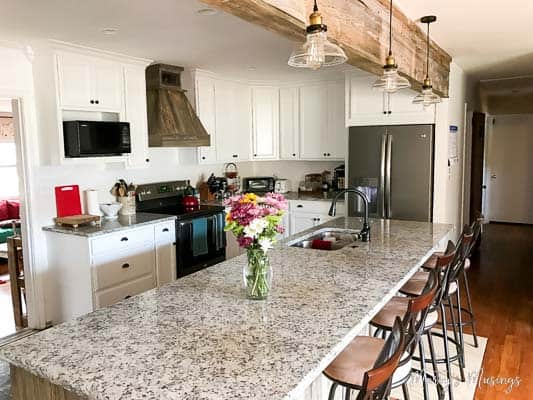
SET UP A TEMPORARY KITCHEN DURING A REMODEL
Kitchen torn apart? Everything you need to know to set up a temporary kitchen during a remodel plus tons of practical tips for surviving the process!
The first one is very important.
For the love of everything that is good, DON’T START TWO WEEKS AHEAD OF SCHEDULE AT CHRISTMAS TIME! Did I just lose all credibility with you? Yea, we kinda don’t follow the rules at our house more times than not, at least when it comes to our DIY projects.
I blame it on my husband.
Being married to a painter means if I ever want our own home painted I better be ready when HE is ready to paint, i.e. work is slow, it’s snowing or he is feeling especially generous for some reason. (Don’t question, just be ready!)
Does that comment about the perfect white paint make more sense now? Let’s just say this isn’t the first time he’s had to paint the kitchen twice (and now the living room because it’s all one big room) because I didn’t like the color after it was on the walls.
Paint colors are obviously not my forte. Planning and organizing are. We spent weeks researching and planning (read all about that process here) before we made the decision to go all Fixer Upper and take down the wall between the kitchen and living room and totally gut the room. I had great plans for freezer cooking a month’s worth of menus.
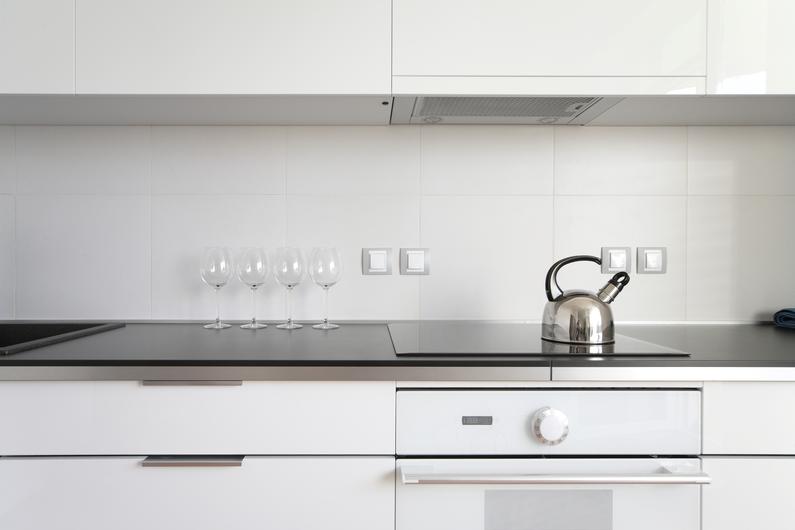
Things you can’t forget in a kitchen remodel
Remodeling your kitchen can be a fun and exciting process, especially if you are giving it some much-needed upgrades. As you are making your lists of wants in your kitchen remodeling, there are some things that you absolutely cannot forget to keep in mind as you go through the remodeling process
Details are everything.
A kitchen should reflect your lifestyle, and that lifestyle is important to keep in mind as you pick out the details during the planning phase of your remodeling. Think about the current daily uses and functions of your kitchen as you design the kitchen you want to help you end up with a new kitchen that you love. Think about everything from storage to functional space. For example, ensure you have the ideal triangular traffic pattern between the fridge, oven, and stove to make cooking and preparing food a natural progression. Communicate every detail of your vision to whoever you have contracted to remodel your kitchen.
Know who you’re working with.
There’s a common saying that a contractor is only as good as their last job. When researching companies to do your kitchen remodeling, make sure you ask them for photos of recent kitchen remodelings. Get an idea of the type of work they have done so that you know if it aligns with your vision and what you can expect. Also, check with references and ask questions such as: what were the contractor’s work habits, was the work site clean, was the scope of work followed as much as reasonably possible, was the project on budget and if anything went wrong.
Consider usage and materials wisely.
You can splurge and get beautiful stone countertops like marble or soapstone that look beautiful but require a lot of upkeep. If the upkeep is no problem for you, then that may make sense for your dream kitchen. However, if you are not as great with upkeep as those materials deserve, consider going with lower maintenance but still great looking materials such as granite. Ultimately, don’t forget to keep in mind just how much wear and tear you think your kitchen will go through while choosing the materials in your kitchen remodeling
Your wish list.
It sounds simple, but you have to keep your wish list in mind throughout your entire kitchen remodeling. There will be unexpected situations that occur in the remodeling and you are going to have to make tough choices. You have to keep your wish list in mind while making those tough decisions so that you still end up with your dream kitchen. Sacrifices to your wish list may be unavoidable however, you should work closely with your contractor to make your vision come true.

A Guide to Kitchen Remodeling Materials
Kitchen CountertopsA kitchen countertop is another big-ticket item. As with cabinets, there are numerous types of kitchen countertops from which to choose. The primary options include laminate, ceramic tile, wood, marble, and granite. Each material has its advantages and disadvantages — the trick is to figure out which kind of countertop works best with your particular kitchen
Kitchen LightingMost people who are remodeling their kitchen don’t consider lighting to be a primary consideration. They should. Visibility is vitally important in an area where you’re working with knives and other potentially dangerous cooking tools. In addition, the proper lighting can give your kitchen a warm and homey feeling. In this section, we’ll examine the ins and outs of kitchen lighting, from halogen lights to incandescent bulbs. We’ll also offer advice on choosing kitchen lighting fixtures.
Kitchen Wall TreatmentsThe first rule in choosing wall treatments is to coordinate them with your cabinets. Paint is a popular wall treatment because it’s relatively inexpensive and easy to clean (which is always a prime consideration with a kitchen). If you want something a little less common, you can go with wallpaper or paneling. Whatever you decide, don’t underestimate the importance of wall treatments. We’ll tell you about all your options in this section.
Kitchen WindowsLet the sunshine in! The right kitchen window will do just that, providing a bright and cheery place for you to do your cooking. Your window choices range from double-hung to sliders — we’ll tell you about these options and others. The window treatments you pick are equally important. They add character to your windows, and to your kitchen as a whole. Cafe curtains are a popular choice, while matchstick or bamboo shades add a more novel element to your kitchen decor. In this section, we’ll show you which wall treatments will work best for you.
Kitchen Doors and HardwareWhen it comes to kitchens, a door isn’t just a door. It not only provides access to your kitchen, but it also offers an opportunity to add another decorative touch. Your options include glazed doors, swinging doors, and sliding doors — all of which we’ll discuss in this section. Kitchen hardware — such as cabinet knobs and window cranks — really offer an opportunity to spice up your kitchen. The right hardware can tie together all of the materials in your kitchen. In this section, we’ll provide suggestions that will aid you in the tricky task of choosing kitchen hardware.
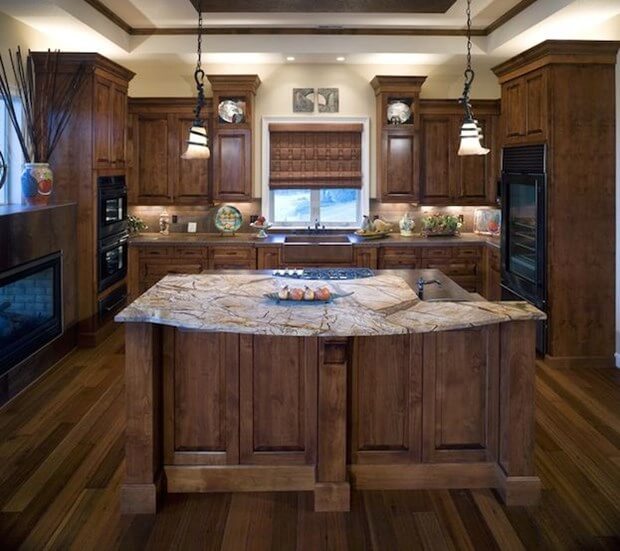
Things That Can Go Wrong With Any Kitchen Remodel
No matter what home remodeling project you undertake, it will not go 100% according to plan. The best contracting pros will of course plan for the unexpected, setting up a contingency budget or adding a few days for the unknown, but that could just be the beginning of a kitchen remodeling nightmare.
It Takes Longer Than Expected
You Go Over Budget
You Can’t Get Along With Your Contractor
You Contractor Cuts Corners
Materials Arrive Late
The Wrong Counters Come In
Counters Are Wrong Size
Your Appliances Don’t Fit
It Doesn’t Look As Good As You Imagined


